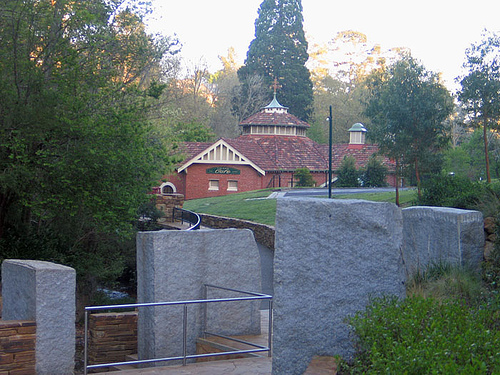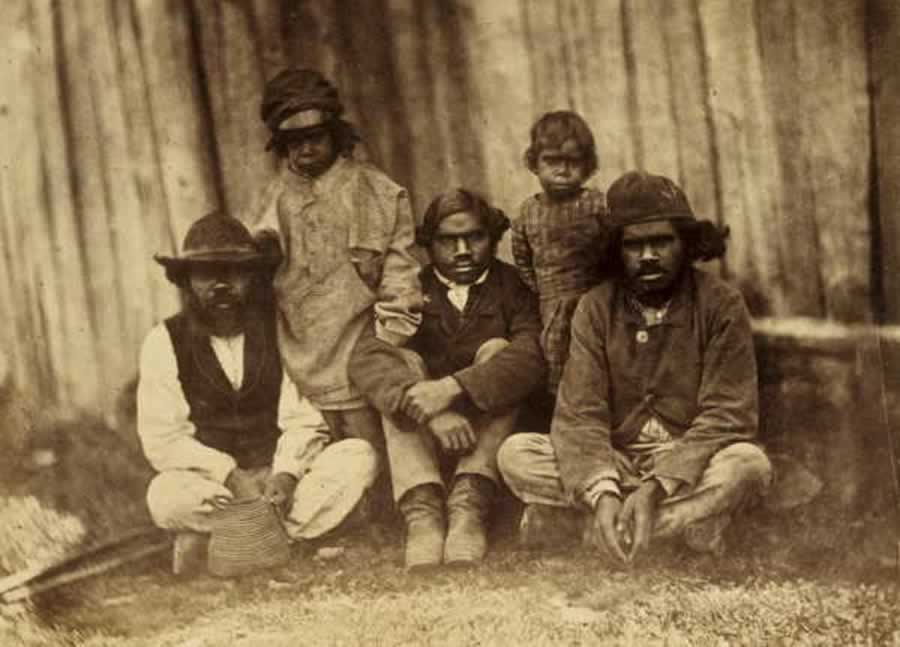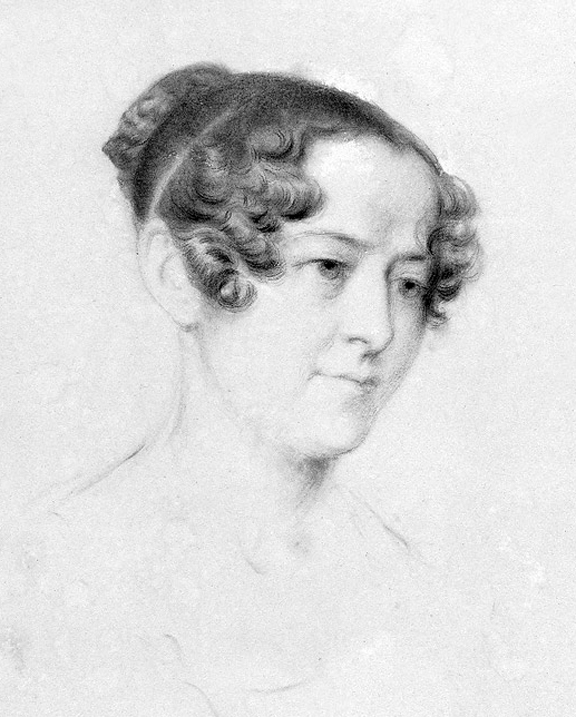|
Mount Franklin (Victoria)
Mount Franklin ( Djadjawurrung: ''Lalgambook'') is an extinct volcano about 10 km north of Daylesford and 4.6 km south east of Franklinford in Victoria, Australia. A road spirals round the outside slopes covered with pine trees, into a flat 50 acre caldera, now used as a camping ground, and onto the rim which hosts a fire lookout, parking area and picnic ground. Being a prominent local landmark within Hepburn Shire, the mountain is included within the boundaries of the Mount Franklin Reserve managed by Parks Victoria. History The mountain was created by a volcanic eruption about 470,000 years ago. It is fine example of a breached scoria cone. The breach in the south eastern rim (through which the road now enters) is thought to have been caused by lava flow breaking through the rim. The caldera is one of the deepest in the central highlands area. It is not active. Earlier flows extend to the north and west. The coarse ejecta exposed around the summit includes re ... [...More Info...] [...Related Items...] OR: [Wikipedia] [Google] [Baidu] |
Victoria (Australia)
Victoria is a state in southeastern Australia. It is the second-smallest state with a land area of , the second most populated state (after New South Wales) with a population of over 6.5 million, and the most densely populated state in Australia (28 per km2). Victoria is bordered by New South Wales to the north and South Australia to the west, and is bounded by the Bass Strait to the south (with the exception of a small land border with Tasmania located along Boundary Islet), the Great Australian Bight portion of the Southern Ocean to the southwest, and the Tasman Sea (a marginal sea of the South Pacific Ocean) to the southeast. The state encompasses a range of climates and geographical features from its temperate coastal and central regions to the Victorian Alps in the northeast and the semi-arid north-west. The majority of the Victorian population is concentrated in the central-south area surrounding Port Phillip Bay, and in particular within the metropolit ... [...More Info...] [...Related Items...] OR: [Wikipedia] [Google] [Baidu] |
Ejecta
Ejecta (from the Latin: "things thrown out", singular ejectum) are particles ejected from an area. In volcanology, in particular, the term refers to particles including pyroclastic materials (tephra) that came out of a volcanic explosion and magma eruption volcanic vent, or crater, has traveled through the air or under water, and fell back on the ground surface or on the ocean floor. Volcanology Typically in volcanology, ejecta is a result of explosive eruptions. In an explosive eruption, large amounts of gas are dissolved in extremely viscous lava; this lava froths to the surface until the material is expelled rapidly due to the trapped pressure. Sometimes in such an event a lava plug or volcanic neck forms from lava that solidifies inside a volcano's vent, causing heat and pressure to build up to an extreme with no way to escape. When the blockage breaks and cannot sustain itself any longer, a more violent eruption occurs, which allows materials to be ejected out of the volc ... [...More Info...] [...Related Items...] OR: [Wikipedia] [Google] [Baidu] |
Hepburn Springs, Victoria
The traditional land of the Dja Dja Wurrung, Hepburn Springs is a resort town located in the middle of the largest concentration of mineral springs in Australia, situated in Victoria, 48 km northeast of Ballarat. At the , Hepburn had a population of 599 and Hepburn Springs had a population of 329. Total population of Hepburn-Hepburn Springs was 928. The town is named after Captain John Hepburn who was an early squatter of central Victoria. Hepburn and Hepburn Springs are twin towns which are often badged together under the Hepburn Springs name. Hepburn Springs was originally known as "Spring Creek" and Hepburn as "Old Racecourse". Old Racecourse is the location of the recreation reserve and "new racecourse" is Victoria Park in nearby Daylesford. Both Hepburn and Hepburn Springs were located on the Jim Crow Diggings and the towns were settled by miners in the 1850s, predominantly from England, Ireland, Germany, Switzerland, Italy and France. The Hepburn Post Office opened ... [...More Info...] [...Related Items...] OR: [Wikipedia] [Google] [Baidu] |
Victorian Gold Rush
The Victorian gold rush was a period in the history of Victoria, Australia approximately between 1851 and the late 1860s. It led to a period of extreme prosperity for the Australian colony, and an influx of population growth and financial capital for Melbourne, which was dubbed "Marvellous Melbourne" as a result of the procurement of wealth. Overview The Victorian Gold Discovery Committee wrote in 1854: With the exception of the more extensive fields of California, for a number of years the gold output from Victoria was greater than in any other country in the world. Victoria's greatest yield for one year was in 1856, when 3,053,744 troy ounces (94,982 kg) of gold were extracted from the diggings. From 1851 to 1896 the Victorian Mines Department reported that a total of 61,034,682 oz (1,898,391 kg) of gold was mined in Victoria. Gold was first discovered in Australia on 15 February 1823, by assistant surveyor James McBrien, at Fish River, between Rydal ... [...More Info...] [...Related Items...] OR: [Wikipedia] [Google] [Baidu] |
Franklinford, Victoria
Franklinford is a small community in the Central Highlands of Victoria, Australia, located in the Shire of Hepburn. It was the site chosen by Edward Stone Parker to build the Loddon Aboriginal Protectorate station at Franklinford in January 1841 which was an important focus of the Dja Dja Wurrung people from 1841 until they were forcibly resettled in 1864.Bain Attwood, ''My Country. A history of the Djadja Wurrung 1837-1864'', Monash Publications in History:25, 1999, It is located on the Midland Highway. At the , Franklinford had a population of 66 people. There is no longer any general store or hotel in the town; the nearest being at Newstead, Hepburn or Daylesford. History Loddon Aboriginal Protectorate Station Mount Franklin was the territory of the Gunangara Gundidj clan of the Dja Dja Wurrung. Ethnographical and archaeological evidence indicates that frequent large ceremonial gatherings took place in the area. In January 1841 Parker selected a site on the northern s ... [...More Info...] [...Related Items...] OR: [Wikipedia] [Google] [Baidu] |
Sir John Franklin
Sir John Franklin (16 April 1786 – 11 June 1847) was a British Royal Navy officer and Arctic explorer. After serving in wars against Napoleonic France and the United States, he led two expeditions into the Canadian Arctic and through the islands of the Arctic Archipelago, in 1819 and 1825, and served as Lieutenant-Governor of Van Diemen's Land from 1839 to 1843. During his third and final expedition, an attempt to traverse the Northwest Passage in 1845, Franklin's ships became icebound off King William Island in what is now Nunavut, where he died in June 1847. The icebound ships were abandoned ten months later and the entire crew died, from causes such as starvation, hypothermia, and scurvy. Biography Early life Franklin was born in Spilsby, Lincolnshire, on , the ninth of twelve children born to Hannah Weekes and Willingham Franklin. His father was a merchant descended from a line of country gentlemen while his mother was the daughter of a farmer. One of his b ... [...More Info...] [...Related Items...] OR: [Wikipedia] [Google] [Baidu] |
New South Wales
) , nickname = , image_map = New South Wales in Australia.svg , map_caption = Location of New South Wales in AustraliaCoordinates: , subdivision_type = Country , subdivision_name = Australia , established_title = Before federation , established_date = Colony of New South Wales , established_title2 = Establishment , established_date2 = 26 January 1788 , established_title3 = Responsible government , established_date3 = 6 June 1856 , established_title4 = Federation , established_date4 = 1 January 1901 , named_for = Wales , demonym = , capital = Sydney , largest_city = capital , coordinates = , admin_center = 128 local government areas , admin_center_type = Administration , leader_title1 = Monarch , leader_name1 = Charles III , leader_title2 = Governor , leader_name2 = Margaret Beazley , leader_title3 = Premier , leader_name3 = Dominic Perrottet (Liberal) , national_representation = Parliament of Australia , national_representation_type1 = Senat ... [...More Info...] [...Related Items...] OR: [Wikipedia] [Google] [Baidu] |
Port Phillip District
The Port Phillip District was an administrative division of the Colony of New South Wales from 9 September 1836 until 1 July 1851, when it was separated from New South Wales and became the Colony of Victoria. In September 1836, NSW Colonial Secretary Alexander Macleay declared Captain William Lonsdale the "Police Magistrate" of "the location of Settlers on the vacant Crown Lands adjacent to the shores of Port Phillip." This position was someone "of which all persons concerned are hereby required to take notice." In May 1839, Governor George Gipps defined the "Port Phillip District" as "The whole of the Lands comprised in the District lying to the south of the main range, between the Rivers Ovens and Goulburn, and adjacent to Port Phillip." In July that year, Colonial Secretary E Deas Thomson announced that Charles La Trobe was the District's "Superintendent", (which was later said by Governor Gipps "to have the powers of a Lieutenant Governor"). On September 10, the Distric ... [...More Info...] [...Related Items...] OR: [Wikipedia] [Google] [Baidu] |
Charles Joseph La Trobe
Charles la Trobe, CB (20 March 18014 December 1875), commonly Latrobe, was appointed in 1839 superintendent of the Port Phillip District of New South Wales and, after the establishment in 1851 of the colony of Victoria (now a state of Australia), he became its first lieutenant-governor. La Trobe was a strong supporter of religious, cultural and educational institutions. During his time as superintendent and lieutenant-governor he oversaw the establishment of the Botanic Gardens, and provided leadership and support to the formation of entities such as the Mechanic's Institute, the Royal Melbourne Hospital, the Royal Philharmonic, the Melbourne Cricket Ground and the University of Melbourne. La Trobe was the nephew of British architect Benjamin Henry Latrobe. Early life Charles La Trobe was born in London, the son of Christian Ignatius Latrobe, a leader of the Moravian Church, from a family of French Huguenot descent, whose mother was a member of the Moravian Church born in t ... [...More Info...] [...Related Items...] OR: [Wikipedia] [Google] [Baidu] |
Victorian Aborigines
Aboriginal Victorians, the Aboriginal Australians of Victoria, Australia, occupied the land for tens of thousands of years prior to European settlement. Aboriginal people have lived a semi-nomadic existence of fishing, hunting and gathering, and farming eels in Victoria for at least 40,000 years. The Aboriginal people of Victoria had developed a varied and complex set of languages, tribal alliances, beliefs and social customs that involved totemism, superstition, initiation and burial rites, and tribal moieties. History Prehistory There is some evidence to show that people were living in the Maribyrnong River valley, near present-day Keilor, about 40,000 years ago, according to Gary Presland. At the Keilor archaeological site a human hearth excavated in 1971 was radiocarbon-dated to about 31,000 years BP, making Keilor one of the earliest sites of human habitation in Australia.Gary Presland, Keilor Archaeological Site', eMelbourne website. Accessed 3 November 2008 A craniu ... [...More Info...] [...Related Items...] OR: [Wikipedia] [Google] [Baidu] |
Dja Dja Wurrung
Dja Dja Wurrung (Pronounced Ja-Ja-war-rung), also known as the Djaara or Jajowrong people and Loddon River tribe, are an Aboriginal Australian people who are the Traditional owners of lands including the watersheds of the Loddon and Avoca rivers in the Bendigo region of central Victoria, Australia. They are part of the Kulin alliance of Aboriginal Victorian peoples. There are 16 clans, which adhere to a patrilineal system. Like other Kulin peoples, there are two moieties: Bunjil the eagle and Waa the crow. Name The Dja Dja Wurrung ethnonym is often analysed as a combination of a word for "yes" (''djadja'', dialect variants such as ''yeye'' /''yaya'', are perhaps related to this) and "mouth" (''wurrung''). This is quite unusual, since many other languages of the region define their speakers in terms of the local word for "no". It had, broadly speaking, two main dialects, an eastern and western variety. Language Dja Dja Wurrung is classified as one of the Kulin languages. So ... [...More Info...] [...Related Items...] OR: [Wikipedia] [Google] [Baidu] |
Jane Franklin
Jane, Lady Franklin (née Griffin; 4 December 1791 – 18 July 1875) was the second wife of the English explorer Sir John Franklin. During her husband's period as Lieutenant-Governor of Van Diemen's Land, she became known for her philanthropic work and her travels throughout south-eastern Australia. After John Franklin's disappearance in search of the Northwest Passage, she sponsored or otherwise supported several expeditions to determine his fate. Early life Jane was the second daughter of John Griffin, a liveryman and later governor of the Goldsmith's Company, and his wife Jane Guillemard. There was Huguenot ancestry on both sides of her family. She was born in London, where she was raised with her sisters Frances and Mary at the family house, 21 Bedford Place, just off Russell Square. She was well educated, and her father being well-to-do had her education completed by much travel on the continent. Her portrait was chalked when she was 24 by Amélie Munier-Romilly in Gene ... [...More Info...] [...Related Items...] OR: [Wikipedia] [Google] [Baidu] |








.jpg)
